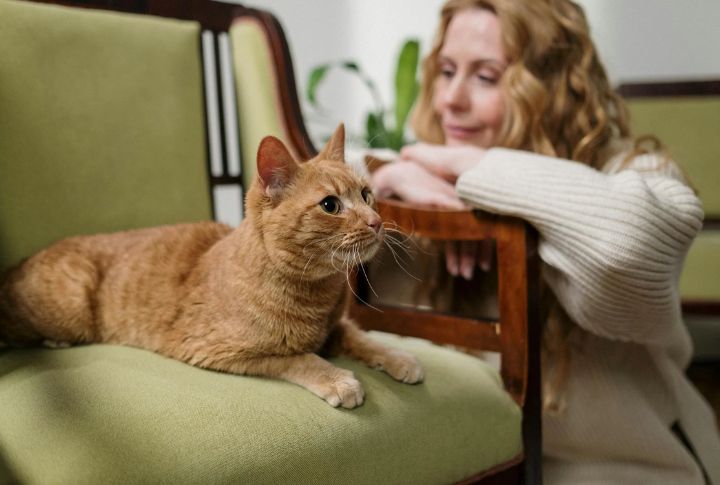
There’s a language cats speak that goes beyond meows. It’s subtle and easy to miss if you’re not watching closely. But those quiet moments can mean a lot. If you’re ready to know about your cat in depth, keep reading because there’s more to their actions than you think.
Morning Wake-Ups With Soft Paw Taps
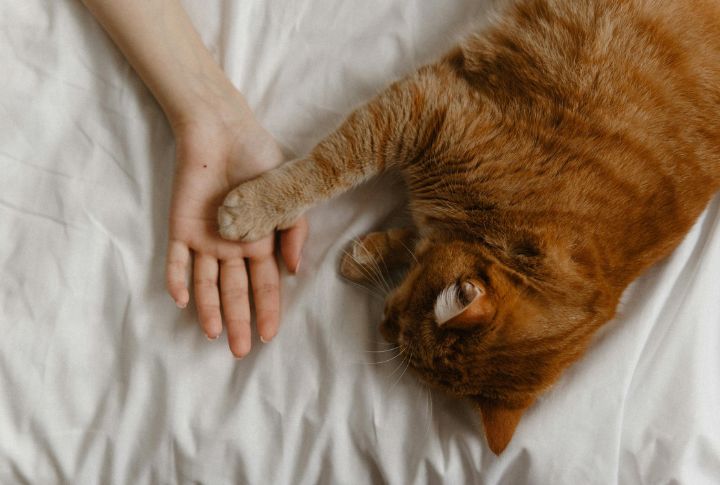
Cats lightly tap their humans to seek attention, a behavior rooted in their natural curiosity and social bonding. Domestically, this action serves as a quiet wake-up signal, reinforcing their bond while subtly expressing trust and a desire for daily engagement.
Rubbing Their Face On You
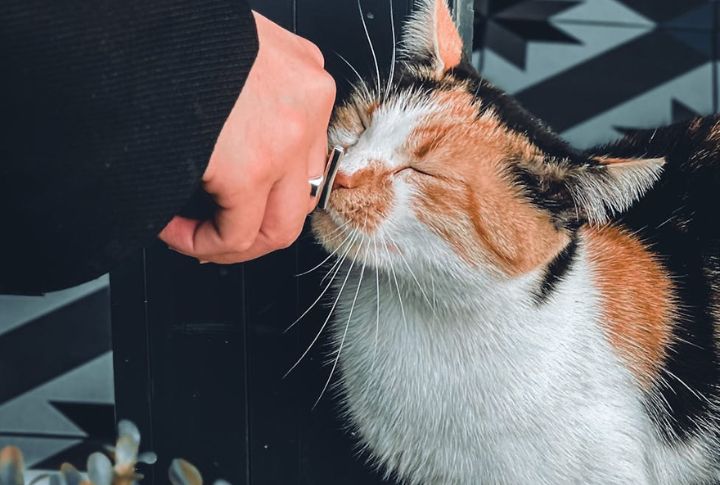
Facial rubbing spreads pheromones from scent glands near a cat’s cheeks. These chemicals mark you as “safe territory,” strengthening social attachments. Rather than random affection, it’s a purposeful behavior that helps cats build a shared scent profile, signaling trust and belonging in their human’s presence.
Blinking Slowly While Making Eye Contact

Slow blinking is a subtle form of feline communication that signals trust. It’s often called the “cat kiss,” where cats intentionally relax their eye muscles while maintaining contact, thereby lowering stress hormones in both themselves and humans. This also reinforces a sense of fellowship and mutual comfort during quiet moments.
Bringing You Gifts Like Prey Or Leaves
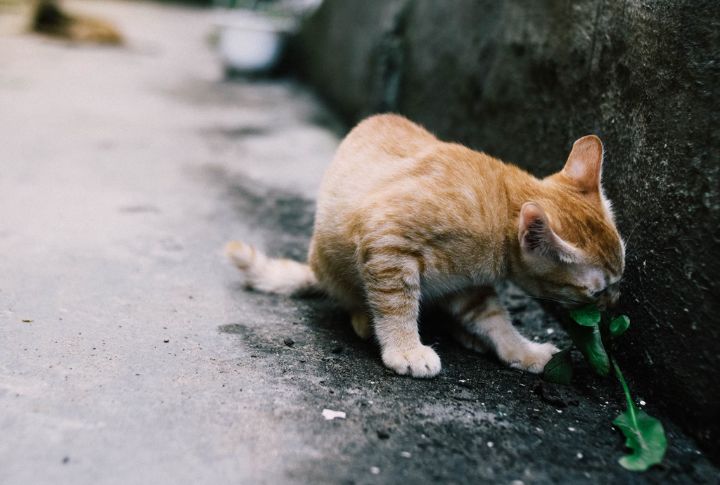
Cats bring “gifts” as part of their inherited hunting instinct, offering caught prey or even found leaves as prized possessions. It might seem odd or gross. But it shows respect and a sense of inclusion, as humans are seen as part of their social group.
Sleeping On Your Clothes Or Items
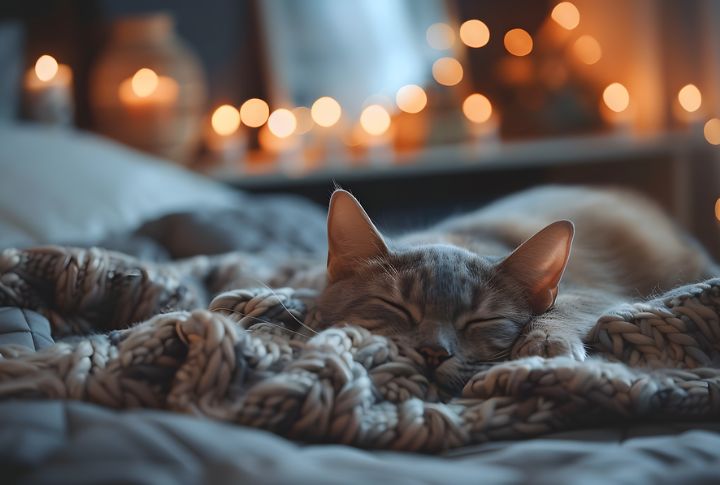
Your scent on clothes provides a sense of security for cats. This behavior is tied to their value of scent-marked environments, which create familiarity and reduce anxiety. By curling up on your belongings, cats effectively carry your presence with them, increasing feelings of safety even when you’re out of sight.
Resting Quietly Beside You When Upset

Cats can detect shifts in human emotions through subtle cues, such as changes in tone or body language. They sit close when you’re upset, not to hover, but just to be there. It’s their way of saying, “I’ve got you,” without making a scene.
Kneading During Quiet Moments
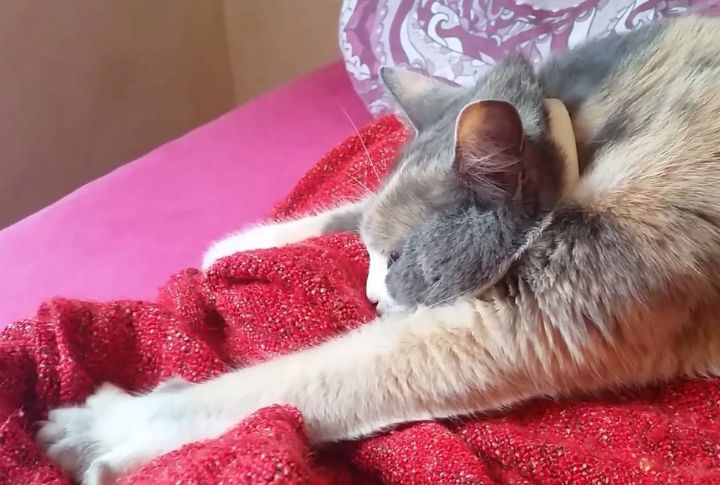
Cats knead instinctively, a behavior rooted in kittenhood when they stimulate milk flow from their mother. As adults, kneading remains a sign of destressing and relaxation, often used to mark territory or express affection. A rhythmic motion that reinforces their connection with their human, creating a soothing and familiar connection.
Purring When Relaxed Near You
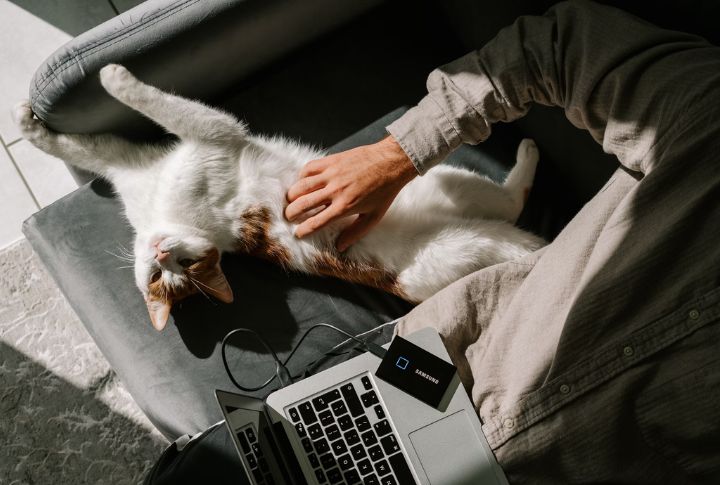
Purring creates vibrations between 25 and 150 Hertz, frequencies that have been shown to promote tissue regeneration and reduce pain. When cats purr near humans, it can lower stress levels for both parties. This biological fact means purring is not only a sign of contentment but a healing mechanism shared with their human companions.
Chirping Or Trilling When Greeting You
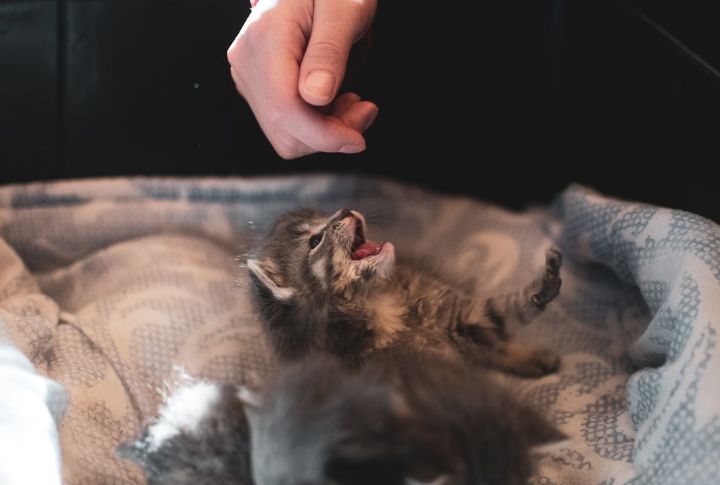
Some cats express excitement and affection through chirps or trills, which are short vocalizations distinct from meows. It is often used between mothers and kittens, signaling happiness and a desire for interaction. When directed at humans, it’s a cat’s unique way of expressing warmth, reinforcing their bond through their special language.
Following You Into The Bathroom To Guard You

Cats often follow their humans into the bathroom. It is said to be linked to their protective instincts, curiosity, and desire for routine. They may see closed doors as barriers to their territory or simply want undivided attention in a quiet space. This behavior reflects their attachment and need for consistency in their environment.

